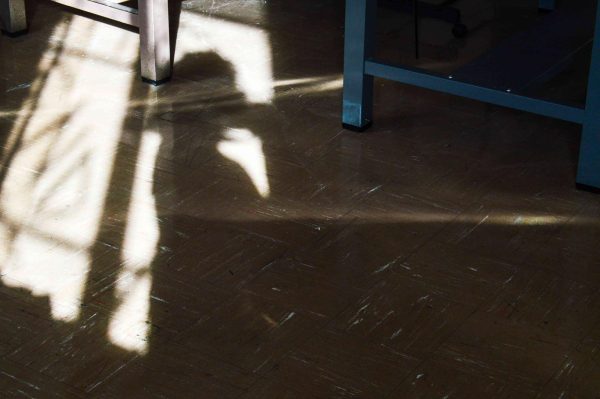Reported Zika cases in Louisiana are travel related
Latest CDC reports indicate that 26 travel-associated cases of Zika have surfaced in Louisiana despite the virus being on the rise in other parts of the U.S.
Travel-related cases are good news to Louisiana residents. It means the virus has not yet infected local mosquito.
Chip Riggins, Regional Medical Director for the Office of Public Health in the Louisiana Department of Health said, “We don’t have the density of Miami or New Orleans and we don’t have the same make up of our mosquito population so I think the risk is slightly lower, but we certainly shouldn’t let our guard down.”
In nine out of 10 cases, infected persons have no idea they have contracted the virus.
“Zika virus itself is a very mild disease in most people,” Riggins said. “If not for the high risk of birth defects of infected pregnant women, it would be no more than a nuisance disease.”
Unlikely yet recognizable symptoms for non-pregnant infected people includes fever, headache, rash and conjunctivitis (red eyes).
“When we have cases or suspects who have traveled and have symptoms, we ask them to stay indoors in the air conditioning in a screened building without mosquitos until they pass their infected period which is anywhere from a week to 10 days,” Riggins said.
For pregnant women, however, being infected by the Zika virus causes a condition called anencephaly, which makes the brain develop at a very slow rate. In such cases, infants are born with a head that is anywhere from one third to one half the size it should be when the brain is fully developed.
“Hopefully in the near future there’ll be a vaccine for Zika,” said Riggins
While there is still no vaccine, taking preventative measures is of utmost importance. The first step in prevention of Zika is to avoid traveling to infected areas, which currently are South America and the Caribbean, and to wear EPA recommended mosquito repellants.
“Most people are accustomed in taking precaution against sunburn and I think this disease is has reminded us that we live with the threat of mosquitos as well as the sun, so hopefully they’ll apply mosquito repellant right after their sunscreen,” Riggins said.
It is equally important for men and women to take precautions in regard to Zika because the virus can be spread through sexual contact for weeks after its contraction.
Because of the high risk for pregnant women, the Office of Public Health is trying to include a message about mistimed pregnancies and the importance of family planning.
“One of the best things you can do is really attend to your women’s health issues with special urgency to those who aren’t taking repellent precautions or cannot avoid traveling to a Zika area,” Riggins said.
The biggest way for the public to help, besides taking precautionary measures to avoid contracting the virus, is to remove breeding grounds for mosquitos from around their living areas. Places that hold stagnant water such as outside toys, tarps, pet dishes, old tires or gutters that don’t function properly contribute to the proliferation of mosquito populations.
“Everyone wants to know why they should worry about small places in their yard while there is a bayou,” Riggins said. “This particular disease-carrying mosquito prefers smaller areas that are more organic like a gutter that has lots of organic material as opposed to a bayou that tends to flush itself out and is not stagnant.”
The Zika transmitting mosquitos are capable to breed in spaces as small as a bottle cap.
In regard to the recent flooding in the state, Riggins said that although mosquito larvae are durable and a flood could release a new generation of mosquitos, the Zika species was not common in the flooded areas.
He encourages all those affected to continue to remove water from places that don’t normally hold water but not to expect an increase in Zika from that particular disaster.











